Lensrentals has loaned me a Fuji GF 30mm f/5.6 tilt/shift lens. In the previous post, I looked at tilt-related focus error as a function of the amount of unwanted tilt at various apertures. In this post, I’ll test my (borrowed) copy of the 30/5.6 GF T/S lens for tilt-related focus error. I can do this fairly easily because the lens has a rotating collar.
In the first of two tests, I locked the tilt and shift at putative zero. I put the lend on a GFDX 100 II, put camera in landscape orientation, rotated it 90 degrees counterclockwise in the collar, centered a Siemens star in the middle of the long side of the image, and focused with the lens wide open.
I made an exposure. Then I rotated the camera 90 degrees clockwise, and made another exposure without refocusing. Then another 90 degrees CW and another exposure.
Here they are at a bit over 200% magnification:
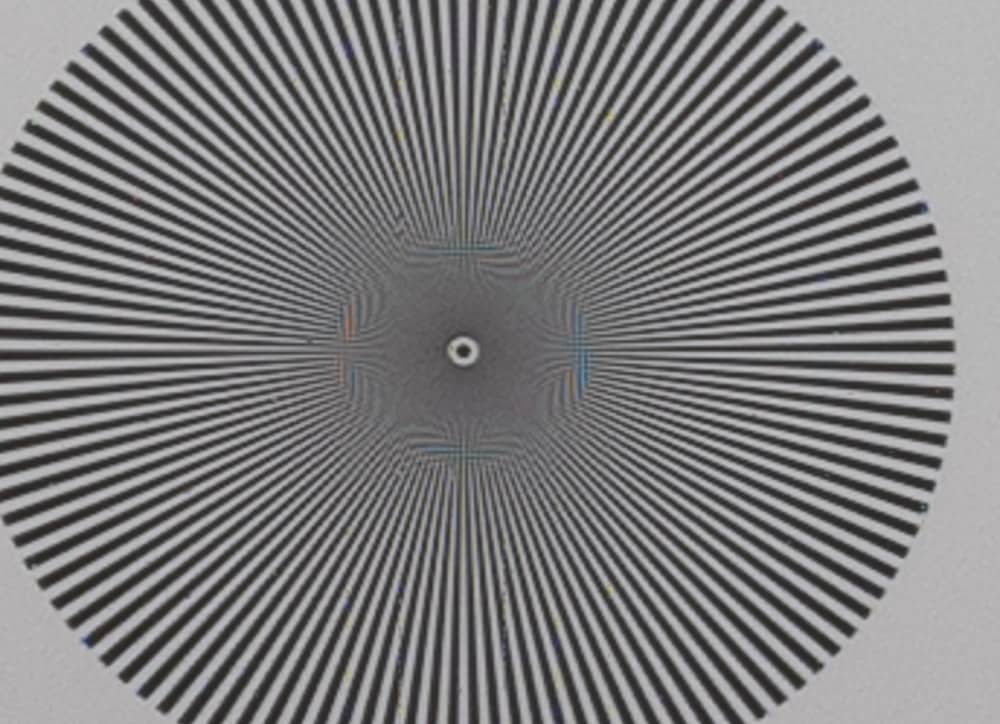
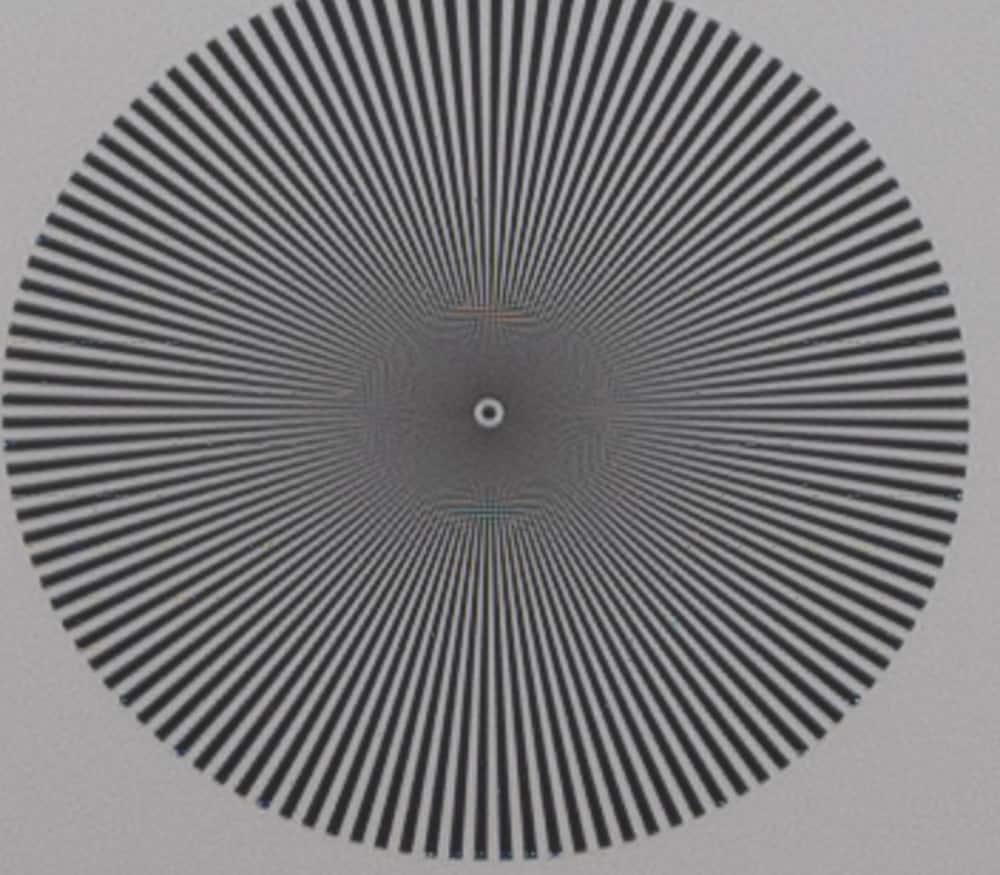
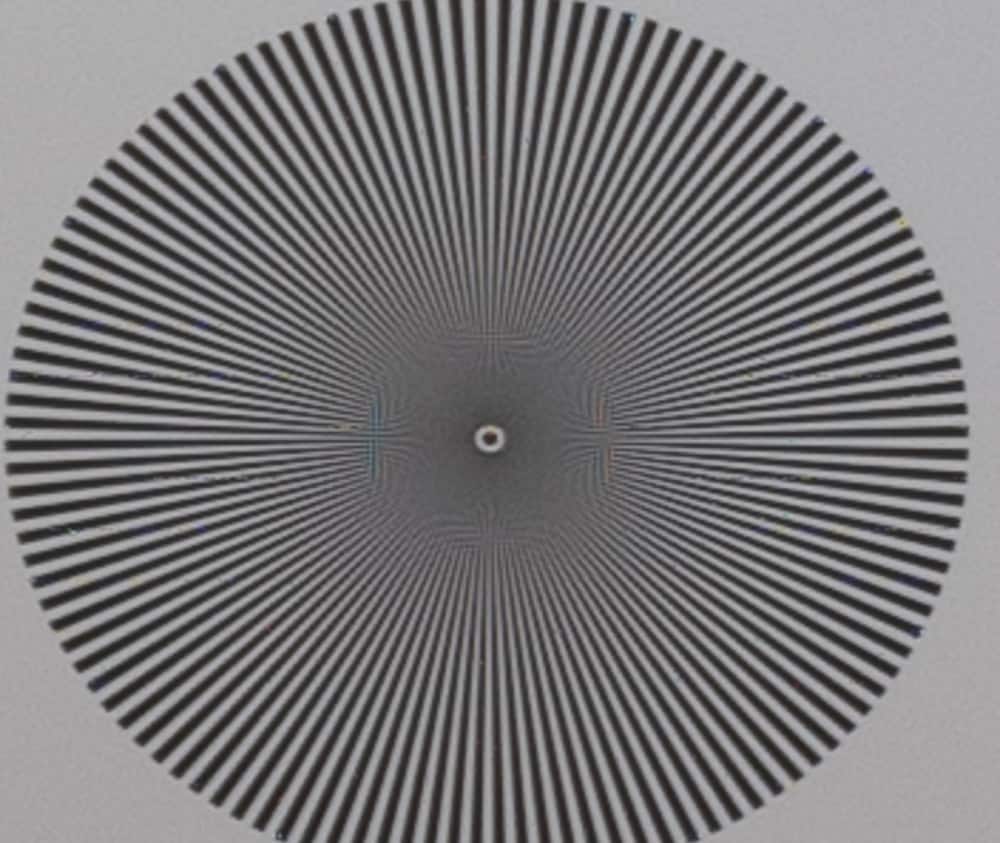
There’s very little loss in sharpness at the two rotated images. That indicates to me that the tilt lock of my copy is good enough to use the lens successfully with tilt and shift zeroed, without worrying about tweaking the tilt.
Here’s a somewhat more difficult test. I focused on the left side in landscape orientation, and inverted the camera by twisting it in the collar.
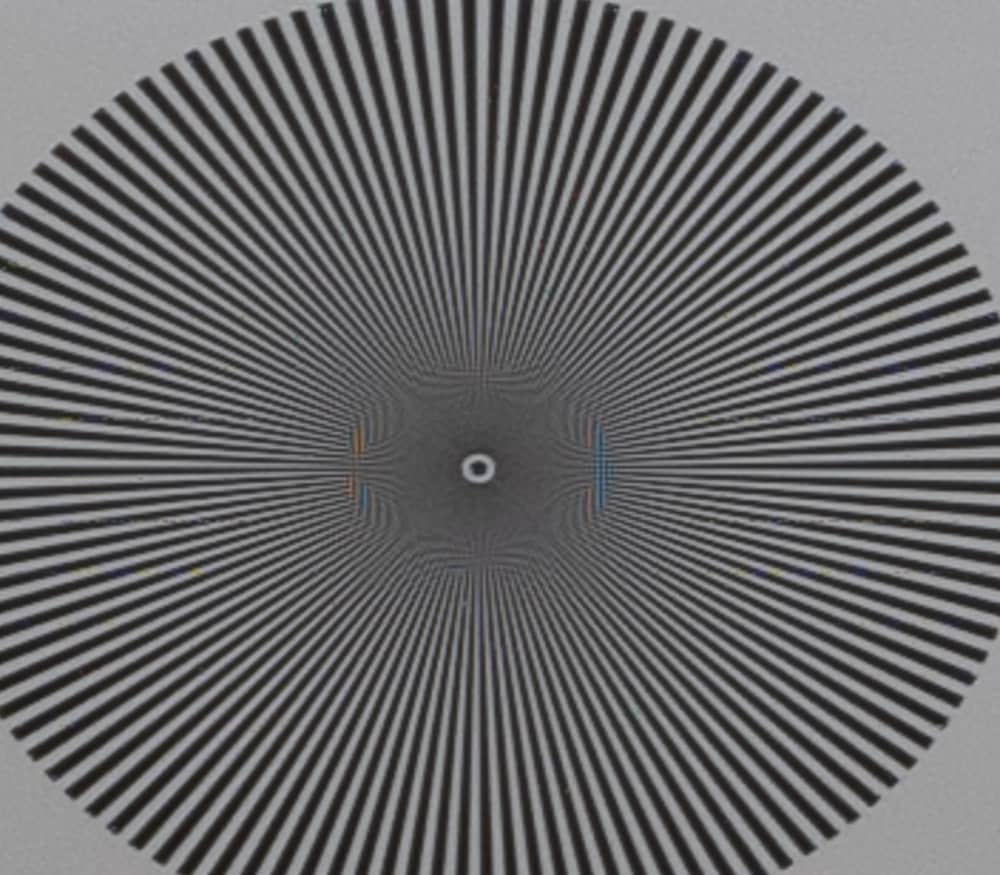
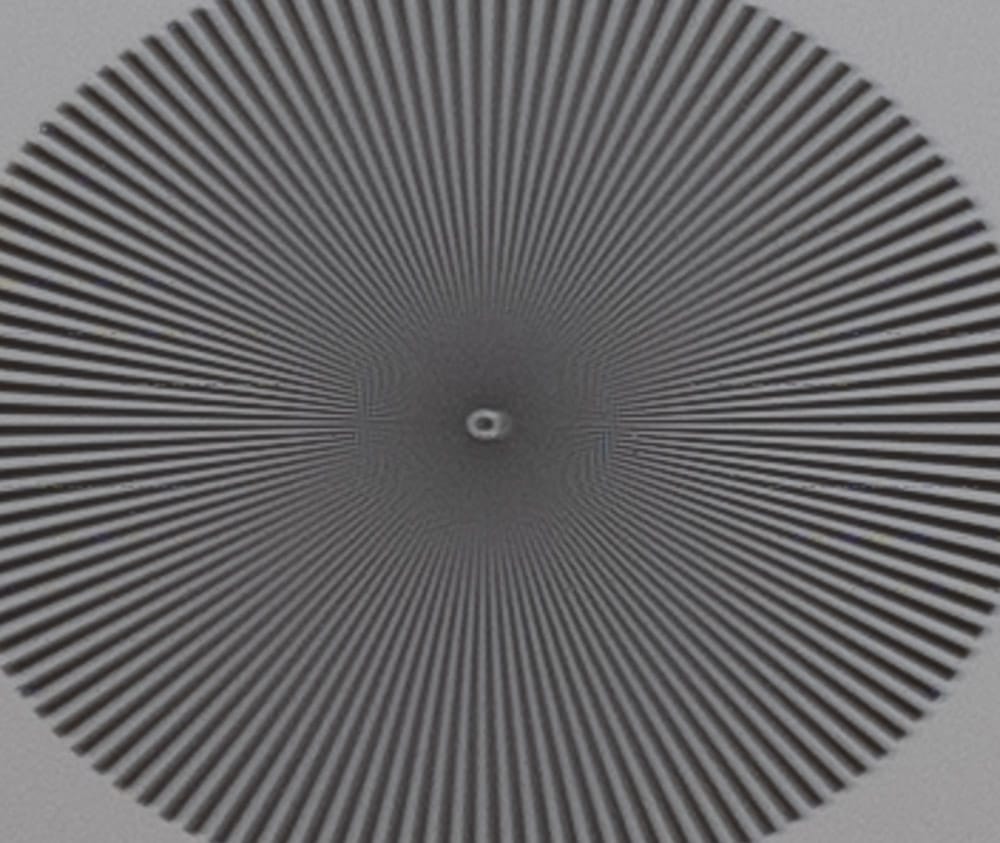
We haven’t lost much sharpness there, either.
So far, so good. Next up: big shifts.
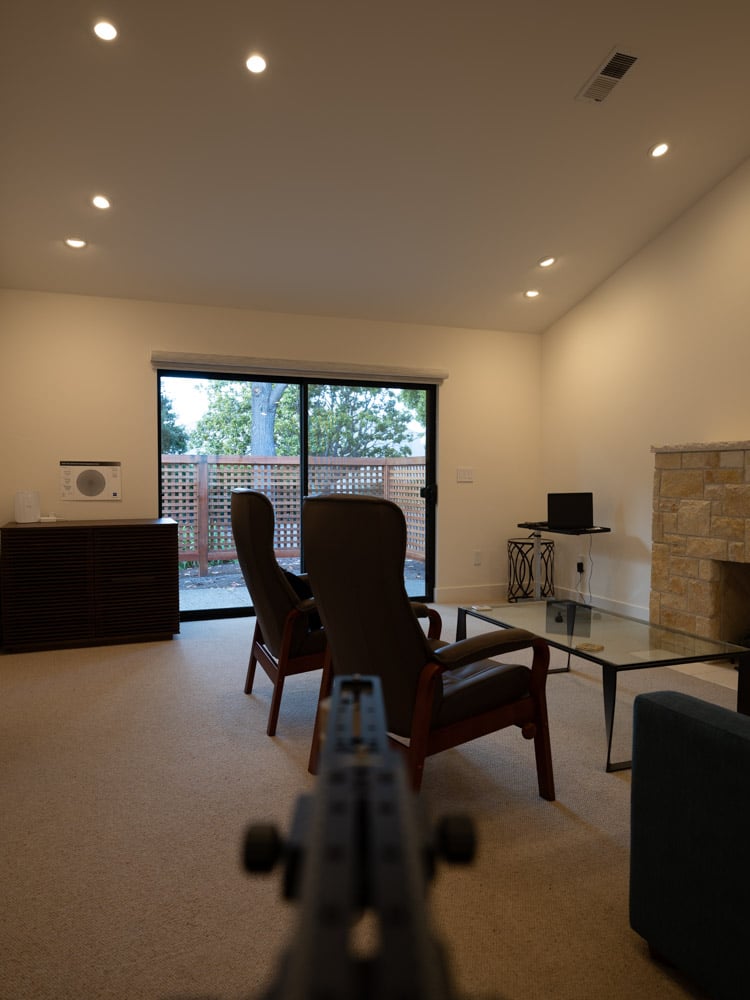
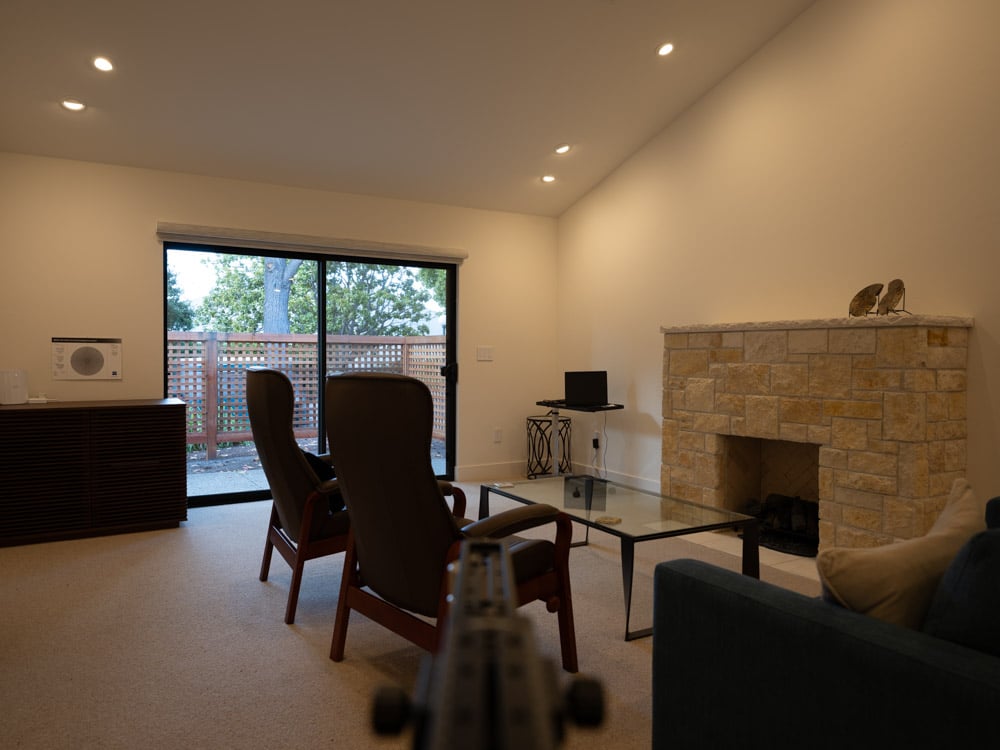
Leave a Reply